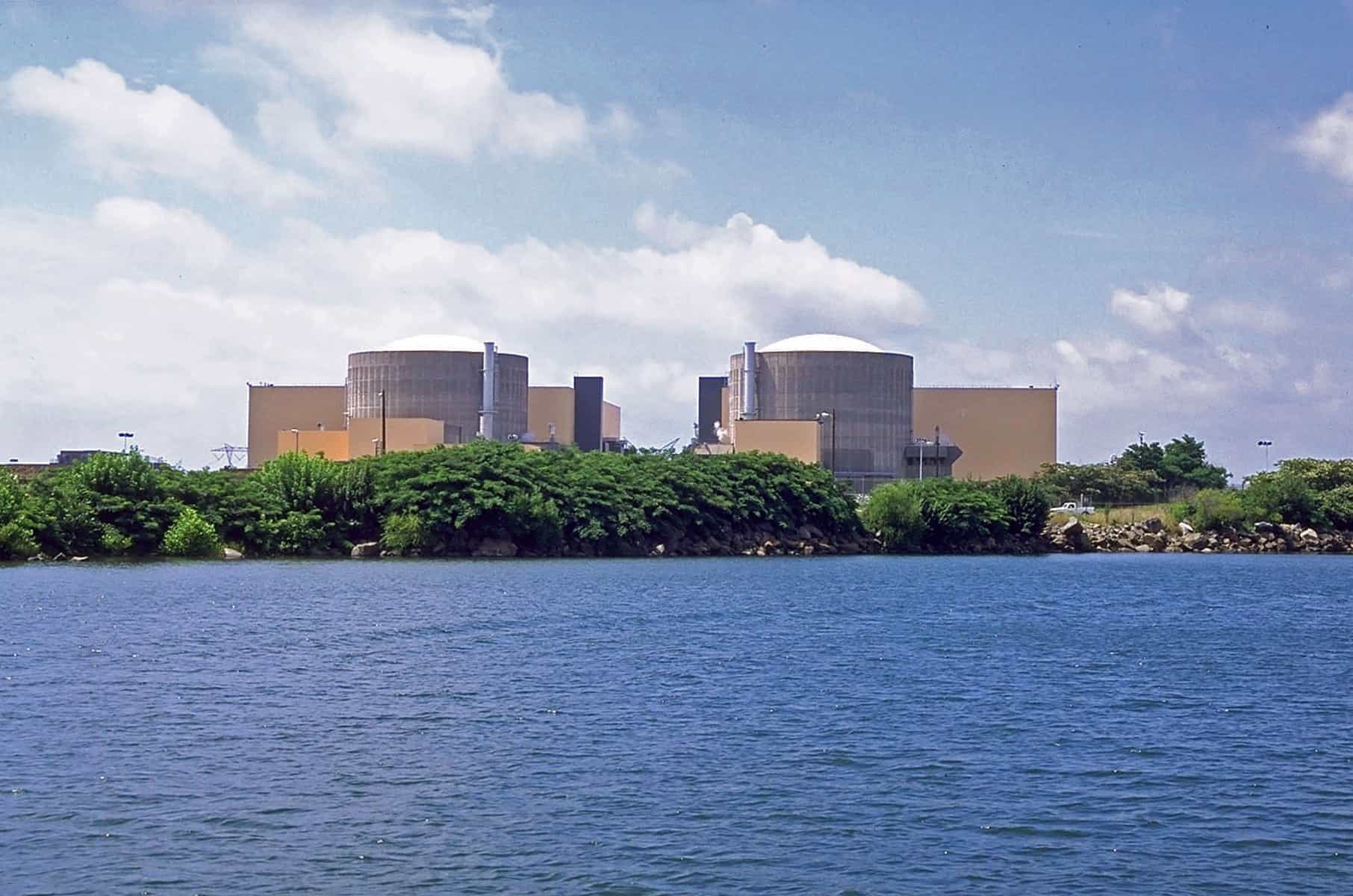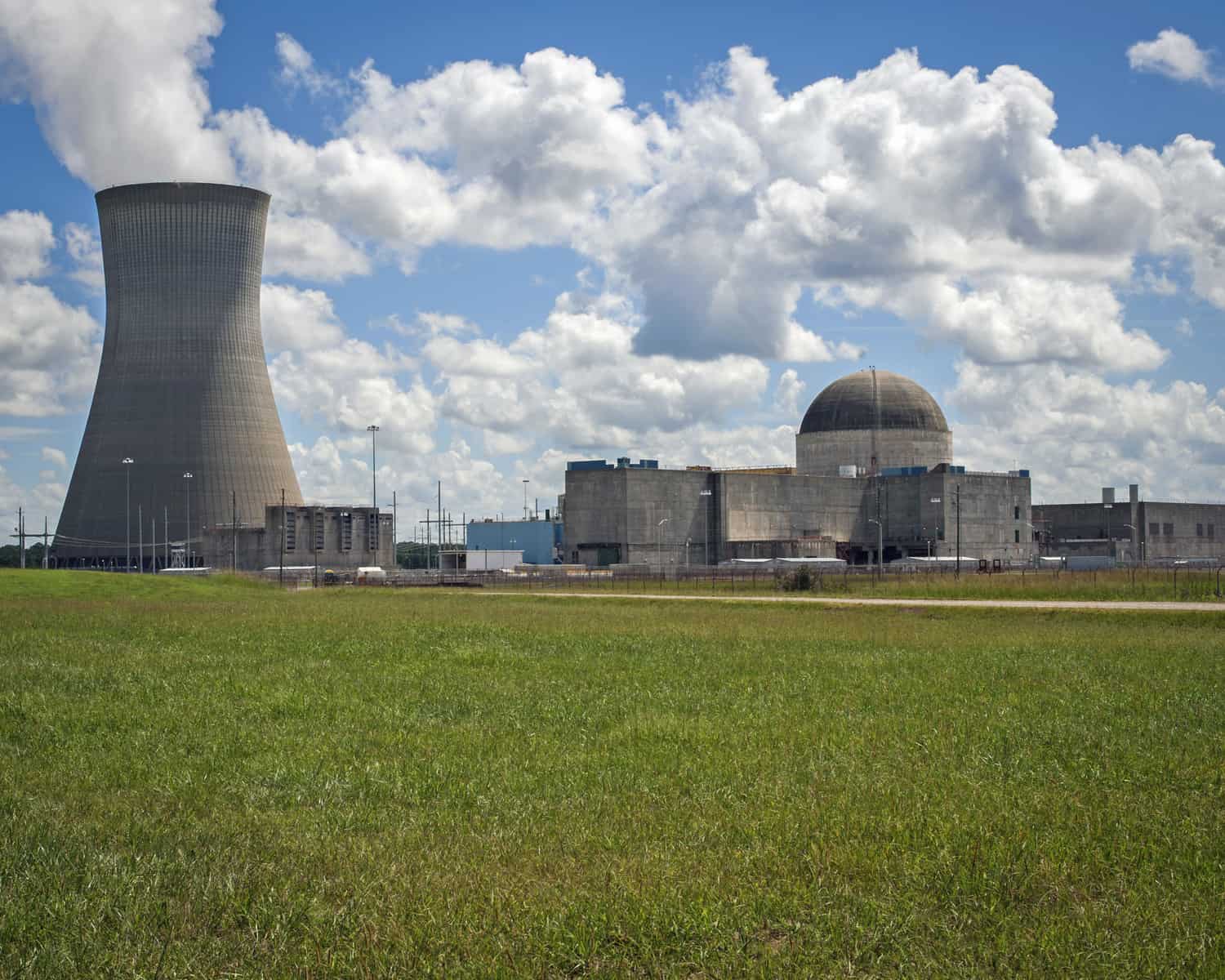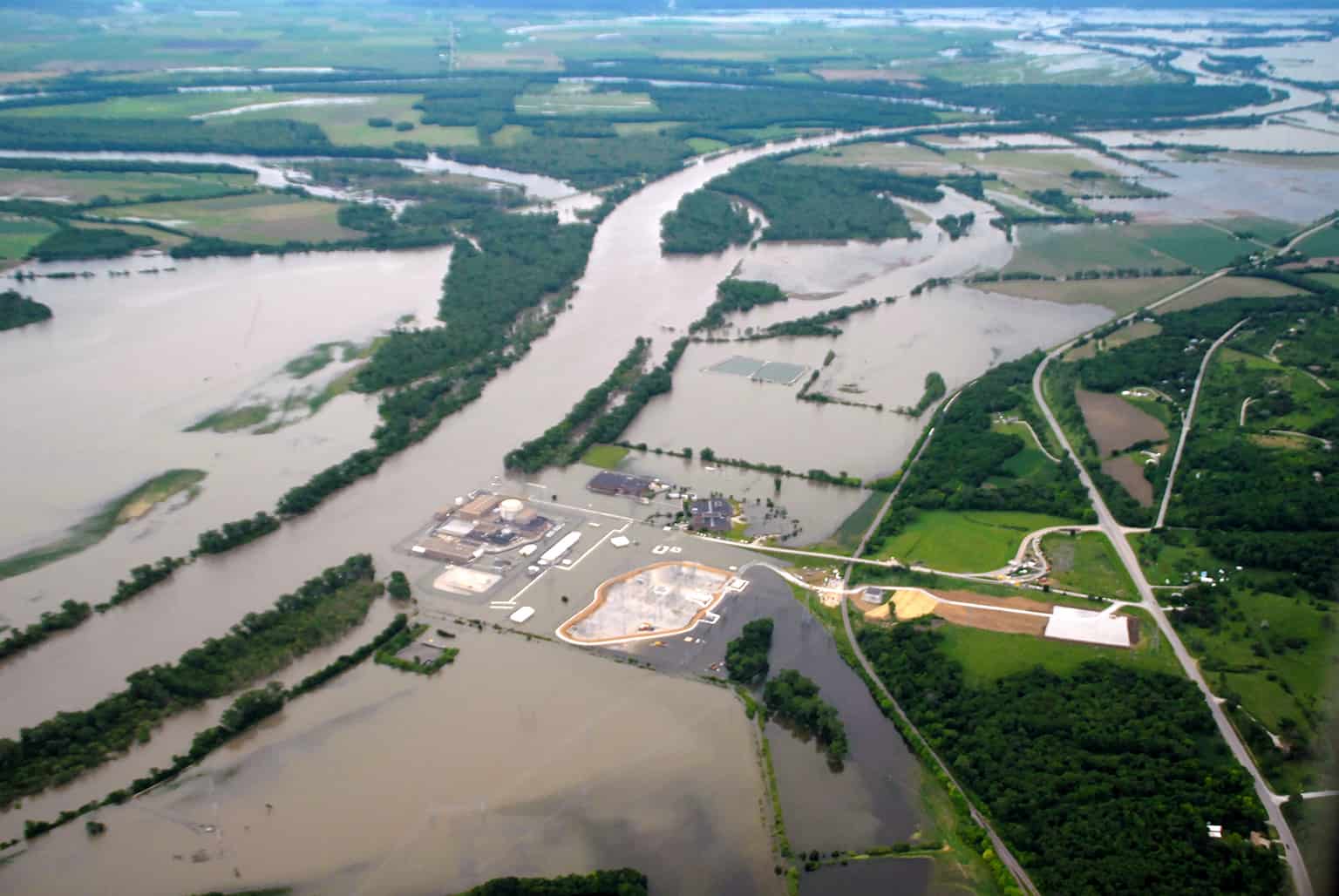
Though hydroelectric power is attractive for many reasons, its reliability dwindles during droughts as needs such as drinking and irrigation compete for that water. The implications range from increased electric rates to grid strain to a lack of water for other uses depending on how hydroelectric dams interact with larger water systems.1 J. Gertner, “The Future Is Drying Up,” New York Times, October 21, 2007; F. Proteger, “The Uruguay River, its dams, and and its people are running out of water,” International Rivers, February 1, 2008; “Lake Mead could be dry by 2021,” Scripps Institute of Oceanography, February 12, 2008, accessed August 28, 2016, link. For example, India’s electric grid failed in July 2012, causing a blackout that affected more than 600 million people.2
S. Gottipati, “India Endures World’s Largest Blackout,” New York Times, July 31, 2012; J. Yardley and G. Harris, “Second day of power failures cripples wide swath of India,” New York Times, July 31, 2012; and “Power Grid Failures: FAQs,” Hindustan Times, accessed January 4, 2015, link; “Power cut causes major disruption in northern India,” BBC News, July 30, 2012, accessed January 4, 2015, link. The drought reduced power generation at hydroelectric facilities and caused higher demand for power by farmers who used electric pumps to irrigate crops.
Thermoelectric power plants also suffer if water availability drops. The physical construction of the plants themselves dictates where water can be drawn from rivers or lakes. For example, in 2008, lake levels fell to within 1,060 mm (3½ feet) of the water intake pipe for the cooling system at the Shearon Harris Nuclear Power Plant near Raleigh, North Carolina, and within 300 mm (1 foot) of the intake level needed for one of the backup systems at the McGuire Nuclear Station near Charlotte. Construction complexity, expense, and regulation make it difficult to expand, lower, or lengthen the water intake pipes so that they are less exposed to falling lake levels.3Associated Press, “Drought could shut down nuclear power plants,” NBC News, January 23, 2008, accessed August 29, 2016, link.


Courtesy Duke Energy
Both the McGuire Nuclear Station (left) and Shearon Harris Nuclear Power Plant (right) came within days of having to shut down in 2008 when their cooling water supplies fell dangerously low.
Drought and heat together compound problems because lower water levels are more susceptible to temperature fluctuations. For example, low water levels in the Tennessee River with the hottest temperature recorded in several decades prompted the Tennessee Valley Authority to shut down one of three reactors at its Browns Ferry Nuclear Plant.
The vulnerability of interconnected energy and water systems also manifests in transportation. For example, because of a drought in 2012, the U.S. Army Corps of Engineers limited irrigation releases from reservoirs, decreasing runoff flow to the Missouri River, which feeds the Mississippi River. Lower water levels endangered barge traffic along the Mississippi River, thereby disrupting the supply chain of fertilizers, salt, and coal. If traffic stopped completely, Midwestern power plants and industrial agricultural centers would rely on truck and road capacity to deliver fuel and products, thereby driving up prices.
Floods from torrential rains or other natural disasters threaten the electrical systems providing safety and operational support at power plants. For example, flooding of the Missouri River in June 2011 required the construction of temporary berms around the Fort Calhoun Nuclear Station in Omaha, Nebraska, and triggered emergency concerns when one berm collapsed.4A. G. Sulzberger and Matthew L. Wald, “Flooding brings worries over two nuclear plants,” New York Times, June 20, 2011; and Associated Press, “Flood Berm Collapses at Nebraska Nuclear Plant,” CBS News, June 26, 2011, accessed August 29, 2016, link. In 2011, Japan’s Fukushima Daiichi Nuclear Power Plant suffered a meltdown not because of the Tohoku earthquake but because the subsequent tsunami-induced flooding ruined backup safety systems within the facility.

Because they require so much water for their growth, biofuels are also sensitive to water constraints. Floods destroy energy crops and cause massive loss of soil and runoff. Droughts limit or stop the growth of energy crops such as corn and soy for ethanol and biodiesel. When the drought of 2012 hit the U.S. Corn Belt, prices for ethanol increased because availability of corn plummeted. In addition, some cities feel their water needs compete with those of agricultural producers of energy crops.6 J. Paul, “Experts: Ethanol’s Water Demands A Concern,” Journal-Advocate, June 19, 2006.
Competitive water-use scenarios also manifest in the case of hydraulic fracturing. Oil and gas producers can pay more than agricultural and municipal users for water in drought-prone areas where fracking is common, provoking resentment or protest. Officials for the Ogallala Aquifer included hydraulic fracturing when they approved restrictions on water use in the groundwater district.7 M. Lee, “Parched Texans impose water-use limits for fracking gas wells,” Business Week, October 6, 2011.
Image Credits: Tom Grundy/Shutterstock.com; Duke Energy/; U.S. Army Corps of Engineers/public domain.
Update your browser to view this website correctly.Update my browser now